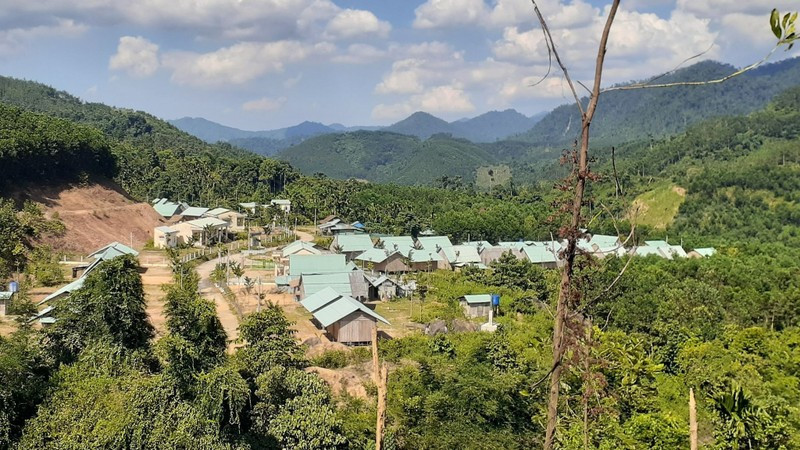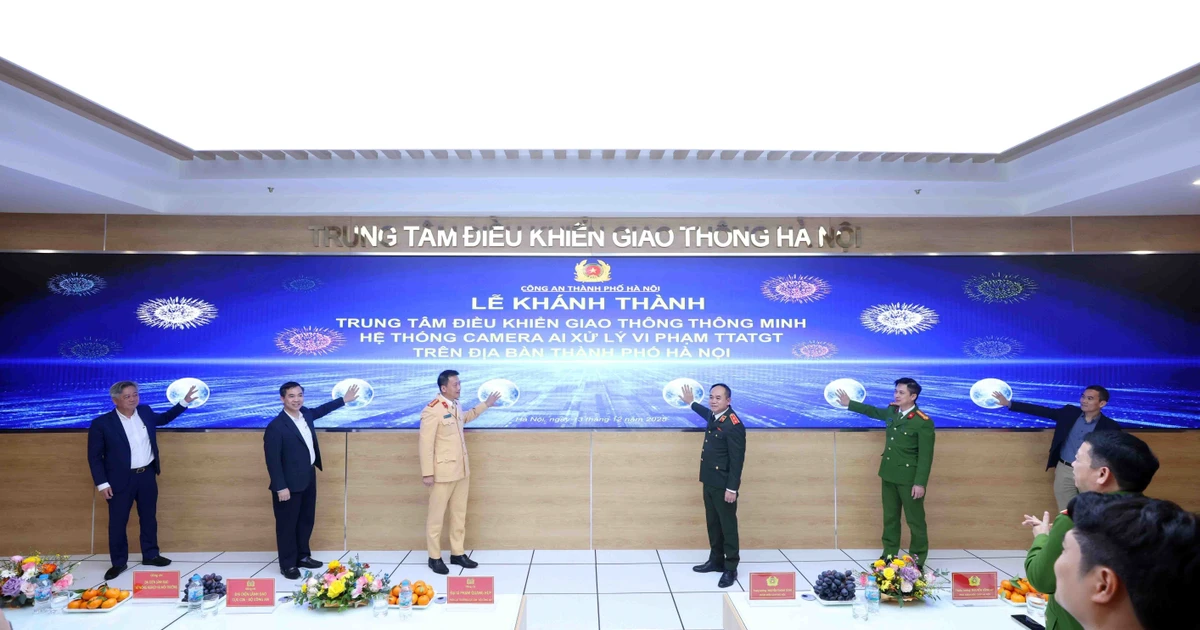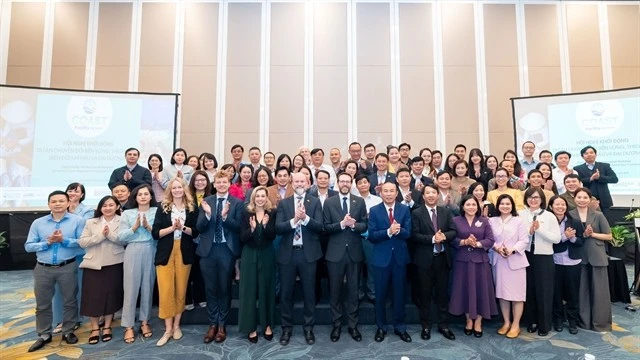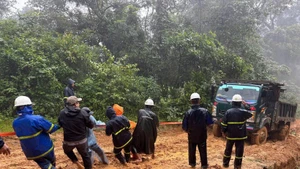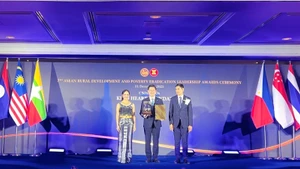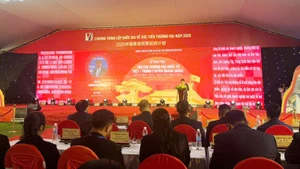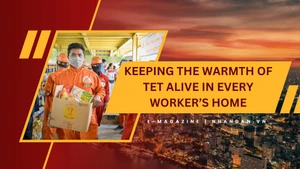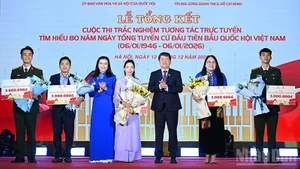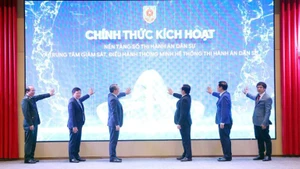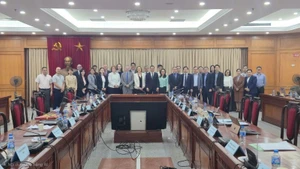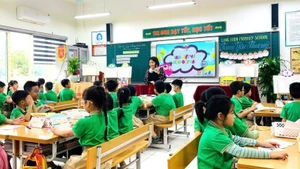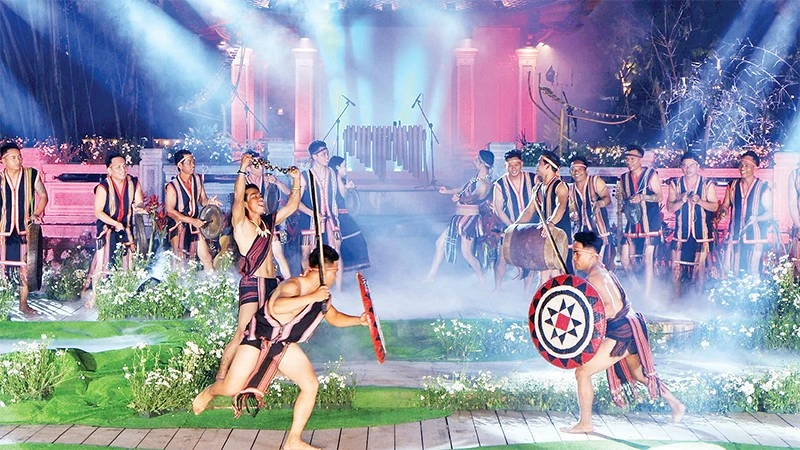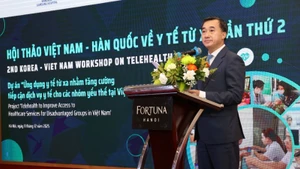Effective and sustainable community reconstruction
Currently, many residential areas nationwide are threatened by the risk of natural disasters, even having to relocate to new places.
Many resettlement areas have been established, somehow changing the inherent cultural structure of the village community and leading to the loss or interruption of indigenous cultural values.
In that context, Nha Chong Lu (Flood-proof Houses) Social Enterprise launched the Happy Village project to help rebuild the community effectively and sustainably.
The planning model for the construction of the Happy Village focuses on not only building essential infrastructure and architecture but also developing livelihoods for local people, protecting the ecology and the landscape, and creating a sustainable community ecosystem.
The project also targets to preserve and promote the traditional values of the community.
The company recognises that, instead of just building individual houses for each household, the community needs a safe and civilised ecosystem to encourage people to preserve their cultural values, thus ensuring long-term sustainability.
Depending on the situation of each village and each residential area, the project team will develop a specific master plan and a construction plan to work out safe, civilised residential areas while preserving traditional cultural values.
The project is designed based on the balance of three factors: economic, social and environmental development.
In particular, the project prioritises the Gross National Happiness Index (GNH), focusing on four aspects: good governance, sustainable socio-economic development, cultural preservation, and environmental protection.
The project's main goal is to minimise the impact of natural disasters, enhance the quality of life, improve the environment and maintain indigenous cultural identity. The project construction process ensures three factors: survival (safety), livelihood (security) and ecology (peace).
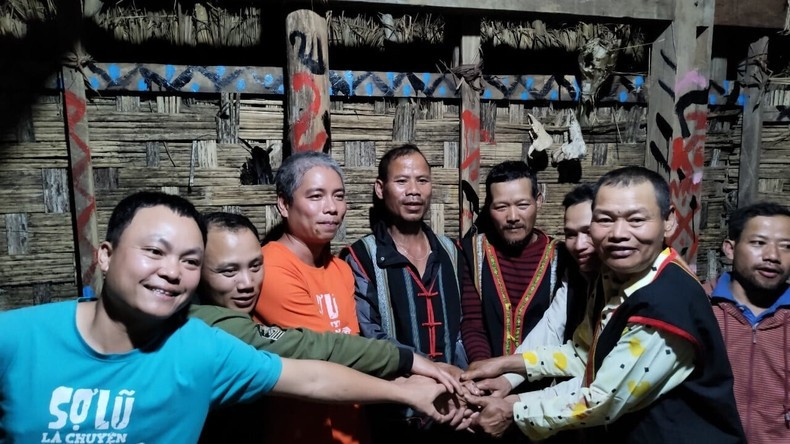 |
| People are placed at the centre, playing a leading role in building and developing community constructions, ensuring the sustainability and spread of the model. |
Accordingly, it aims to create solid houses and infrastructure resistant to natural disasters such as storms and floods. The construction materials are locally available, which can help to minimise construction and replacement costs.
In addition, the project supports sustainable livelihoods for people through eco-tourism models, such as developing homestays and traditional crafts like weaving and brocading. This way, the project generates additional income for the people and helps them preserve their indigenous culture.
Under the project, houses and living spaces are designed in harmony with nature. The community is also equipped with a flood prevention system to reduce the risk of landslides, with water recycling and waste treatment systems to create a clean, safe and sustainable living environment.
During the implementation process, the Happy Village project calls on the synchronous participation of the beneficiary community, local authorities and experts.
People are placed at the centre, playing a leading role in building and developing community constructions, ensuring the sustainability and spread of the model.
After nearly five years of implementation from February 2019 to June 2023, the project has brought many positive results and benefited the community of 50 Ca Dong ethnic households in Village 3, Tra Giac Commune, Bac Tra My District, Quang Nam Province, and community of 70 Xo Dang ethnic households in Lang Loan, Village 3, Tra Cang Commune, Nam Tra My District, Quang Nam Province.
The project’s outcome can be seen from specific facilities and the positive change in people's awareness.
Villagers no longer rely on external support but have proactively participated in community activities, from construction to maintenance of facilities.
The project has also received close coordination, enthusiastic participation and active support from local authorities.
The Happy Village project is a clear vision that community development is framed based on the core values of traditional culture and sustainable happiness. After nearly five years of implementation, the project has proven that with cooperation between parties and community efforts, we can create positive changes, spreading the value of a happy and sustainable life.
